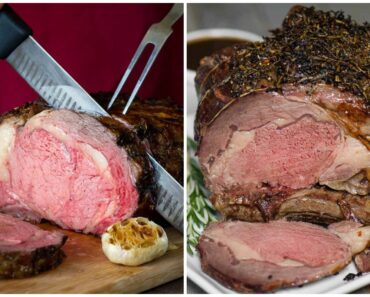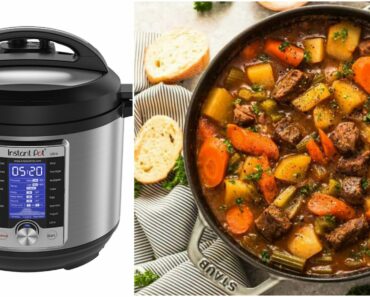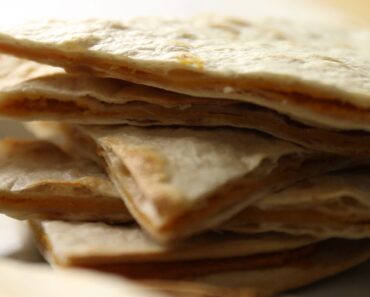Dill is a versatile herb that can be used in various dishes, from pickles to salmon. In other words, dill is not limited to only making pickles but it is also a great herb to use when cooking many meat or vegetable dishes that require delicate hints of flavor. This guide will teach you everything you need to know about dill, including how to store it, substitute it, and use it fresh, dried, or frozen.
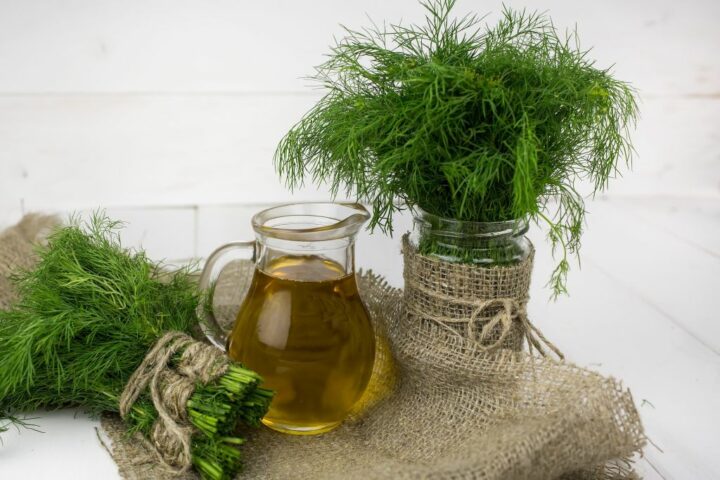
What is Dill?
Dill is an herb that belongs to the celery family. It is an annual herb and its scientific name is Anethum graveolens. Dill grows to be about 2-3 feet tall and has thin, blue-green leaves. The leaves of dill are very fine and delicate so they need to be handled with care.
What Does Dill Taste Like?
Dill has a very distinct flavor that is both sweet and sour. It also has a slightly bitter taste and a faint anise-like flavor. Dill is also healthy! Dill is a good source of essential nutrients. It contains vitamins such as vitamin C, vitamin A, and vitamin K. It also provides minerals like calcium, manganese, and iron. Consuming dill can contribute to meeting your daily nutrient requirements.
What to Do with Dill
Dill can be used fresh, dried, or frozen. If using dill fresh, add it near the end of cooking so it retains its flavor. You can also use dill to make a simple sauce or dressing – just combine dill, lemon juice, and olive oil. Season to taste with salt and pepper and you have a terrific homemade dressing!
You can also use combine dill with butter to baste a chicken or turkey or add it directly to vegetable dishes featuring potatoes or peas. You’re only limited by your imagination!
Where to Buy Fresh Dill
You can find dill at most grocery stores in the produce section. If you have trouble finding it, try looking for it at a health food store or farmers market.
What Does Fresh Dill Look Like
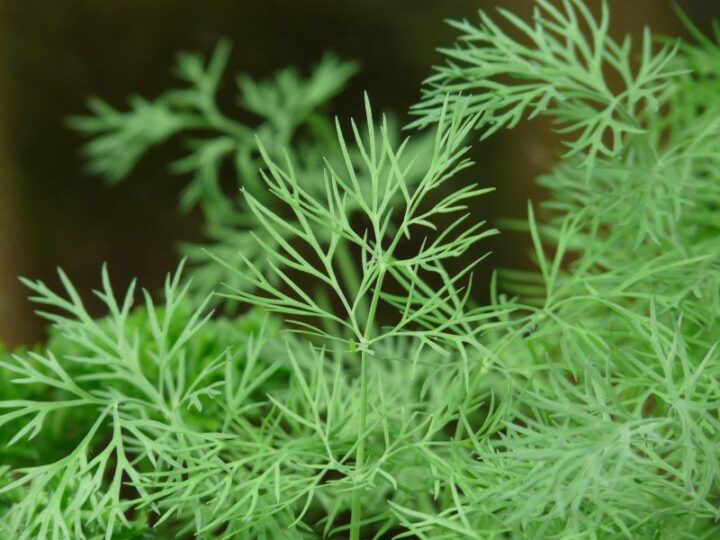
Fresh dill has long, thin leaves that are delicate and lacy. The leaves are a deep green color and have a slightly sweet taste. Dill also produces small yellow flowers that have a mild flavor.
How to Store Dill
If you’re lucky enough to have a bumper crop of fresh dill from your garden (or if you’ve snagged a bunch from the farmer’s market), you’ll want to store it properly to keep it fresh for as long as possible. The best way to store dill is by wrapping the clean, dry leaves in a paper towel and placing them in a plastic bag in the crisper drawer of your refrigerator. Don’t wash the dill before storing it, as this will cause it to wilt more quickly.
You can also store dill in a glass jar filled with an inch or two of water; just be sure to change the water every few days. Dill can be stored this way for up to two weeks. If you need to store it for longer, then it can also be dried or frozen.
How to Dry Dill
Drying dill is a great way to preserve it for use later. You can dry dill in a dehydrator or in your oven. If you’re using a dehydrator, set it to the herb setting (around 95 degrees Fahrenheit) and place the dill on the racks. Check on it every few hours and remove the dill once it’s completely dried.
If you’re using your oven, set it to the lowest setting (around 200 degrees Fahrenheit) and place the dill on a baking sheet lined with parchment paper. Again, check on it every few hours and remove the dill once it’s completely dried. Once dill is dried, store it in an airtight container in a cool, dark place for up to six months.
How to Freeze Dill
Freezing dill is another great way to preserve it. To freeze dill, wash the leaves and then chop them into small pieces. Place the dill in an airtight container and store it in the freezer for up to six months.
Another great way is to liquefy it and store it in an ice cube tray. This way, you can add dill directly to soups and sauces without having to thaw it first. Simply place about a cup of chopped dill into a food processor or blender and add a tablespoon or two of water and blend to make a paste. The consistency is up to you and simply reduce or increase the amount of water to your liking. Then pour or spoon the mixture into an ice cube tray and freeze.
Recipes Using Dill:
Dill Pickles
This a classic dill pickle recipe by I Wash You Dry that’s perfect for canning or eating right away. Get the recipe.
Dill Potato Salad
This dill potato salad by Julie’s Eats & Treats is a delicious and easy side dish that’s perfect for summertime picnics and barbecues. Get the recipe.
Grilled Salmon with Dill
This dill-infused salmon recipe by Dinner At The Zoo is perfect for a summertime cookout. Get the recipe.
Dill Dip
This dill dip by I Am Homesteader is perfect for parties and get-togethers. It’s also great for dipping veggies or chips. Get the recipe.
How to Use Fresh Dill:
Fresh dill is often used as a garnish, but don’t let its delicate appearance fool you—it packs quite a bit of flavor. One of the most popular ways to use fresh dill is in making homemade pickles; the greens add both color and flavor to pickling cucumbers (not to mention they look pretty on top). Fresh dill is also commonly used in dishes like salmon salad and potato salad; its light, lemony flavor pairs well with both fish and potatoes. You can even use dill as a pesto base—just swap out the traditional basil for dill and give it a try!
How to Substitute Dill:
If you find yourself out of dill (or if you’re simply not a fan of the flavor), there are a few substitutes you can use in its place. Fennel fronds make an excellent stand-in for dillweed, as they have a similar anise-like flavor. You can also use fresh parsley, chervil, tarragon, or chives as substitutes for dill. If you’re looking for a stronger flavor, try using dried dill instead of fresh; just note that you’ll need about half as much dried dill as you would fresh.
Dill is a flavorful herb that can be used in many different ways—pickling, pesto-making, potato-salading, and more! Now that you know how to store, substitute, and use this versatile ingredient, why not give it a try in your next dish?
Please SHARE this guide to everything dill with your friends and family.


